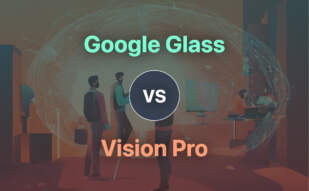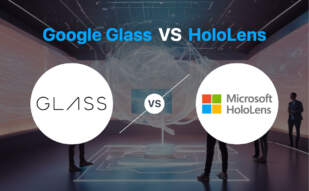For immersive virtual reality experiences with realistic depth perception, Oculus trumps Google Glass. However, for situational, location-based overlay information, potentially for enterprise use, Google Glass is the unequivocal choice with its augmented reality presenting users with real-time updates.
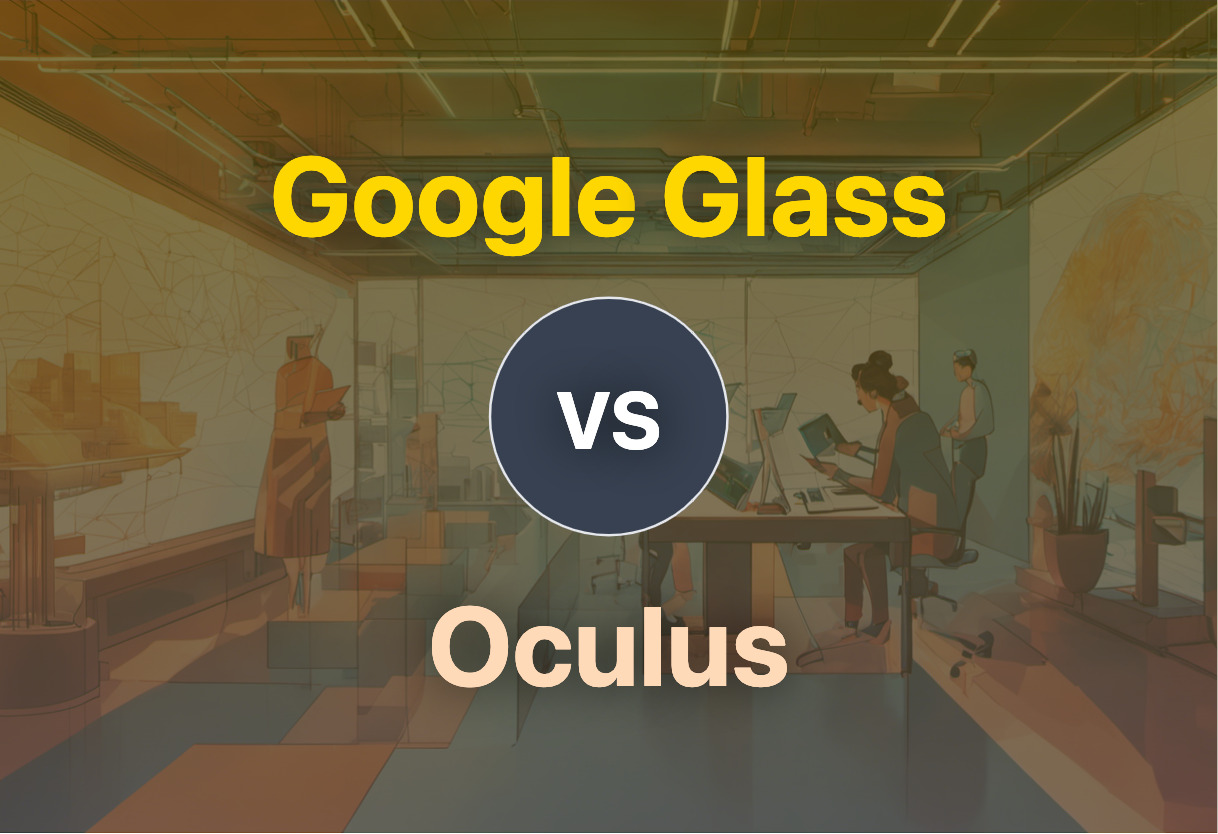
Key Differences Between Google Glass and Oculus Rift
- Glass operates on augmented reality (AR), whereas Oculus operates on virtual reality (VR).
- Oculus offers full immersion into a virtual world, while Glass overlays information onto the real world.
- Oculus necessitates stationary use for optimal experience, while Glass can be utilized during mobility.
- Oculus focuses on general consumer use, whereas Glass is honed for professional use especially in factories, hospitals, and warehouses.
| Comparison | Google Glass | Oculus Rift |
|---|---|---|
| Launch Year | 2013 | 2013 |
| Technology | AR | VR |
| Controls | Voice-, Motion-Controlled | Head Orientation Tracking |
| Operating System | Android | Oculus VR |
| Connectivity | Wi-Fi/Bluetooth | Cabled Connection |
| Field of View | User’s Peripheral Vision | 90 degrees horizontal, 110 degrees vertical |
| Resolution | Field Sequential Color LCOS | 1280×800 total |
| Integration | Google Now, Third-Party Apps | Oculus Software Library |
| Industry Use | Factories, Warehouses, Hospitals | General Consumers, Game Industry |
| Development Status | Currently Available | Discontinued |
What Is Google Glass and Who’s It For?
At its core, Google Glass is a wearable, voice and motion controlled Android device, designed to display information directly in the user’s field of vision. First launched in 2013, its development phases have been punctuated by pauses and pivots due to privacy concerns. The focus on professional use gained sharper definition with its relaunch in 2017, culminating in the release of Glass Enterprise Edition 2 in 2019.
The device is an all-rounder in sectors such as factories, warehouses, and hospitals. Enterprises secure benefits not just in time and money savings, but also safety. It’s a proponent of augmented reality, using visual, audio, and location-based inputs.

Pros of Google Glass
- Time, money savings and increased safety for enterprises
- Integration with Google apps
- Seamless experience via voice and motion controls
Cons of Google Glass
- Early privacy concerns affected market perception
- Limited display size
- Requires specific environments (factories, warehouses)
What Is Oculus Rift and Who’s It For?
Oculus Rift, a frontrunner in the domain of Virtual Reality (VR), is a headset line developed and manufactured by Oculus VR. With Palmer Luckey’s ambitious vision to revive the VR industry, Oculus Rift emerged as the first VR headset offering a realistic experience at an accessible price, thereby paving the way for a new era of virtual reality.
Throughout its lifecycle, Oculus Rift has undergone numerous advancements in terms of quality and cost reduction. It especially intrigues video game enthusiasts and developers due to its unique capability of creating immersive, high-end VR experiences.

Pros of Oculus Rift
- Offers realistic, high-end VR experience
- Cost-effective compared to early VR variations
- Easy software compatibility with Oculus Quest
Cons of Oculus Rift
- Discontinued production, limiting future support
- Requires high-end hardware for best experience
- Public discomfort over Facebook data misuse
So, Google Glass or Oculus Rift: Which Tech Jewel Should You Select?
The decision swings between the convenience of a wearable heads-up display with augmented reality (Google Glass) and a groundbreaking virtual reality headset (Oculus Rift). The choice, really, lies in the hands of the beholder(and user); each device shines in its own arena.
For the Tech-Savvy Professional
Google Glass redefines workplace efficiency—especially for those in factories, warehouses, and hospitals. Its Android-based OS, Wi-Fi/Bluetooth connectivity, and voice/motion-controlled operation streamline multi-tasking. It provides convenient, hands-free access to emails, texts, calls, and Google Maps. Its initiative for professional use stands as testimony.

To the Rising VR Game Developer
Oculus Rift deserves your attention. Its low-persistence of vision, a wide field of view, and the reduction of the screen door effect redefining VR quality. The headset, backed by the power of Facebook, is a compelling choice for creating immersive gaming experiences.
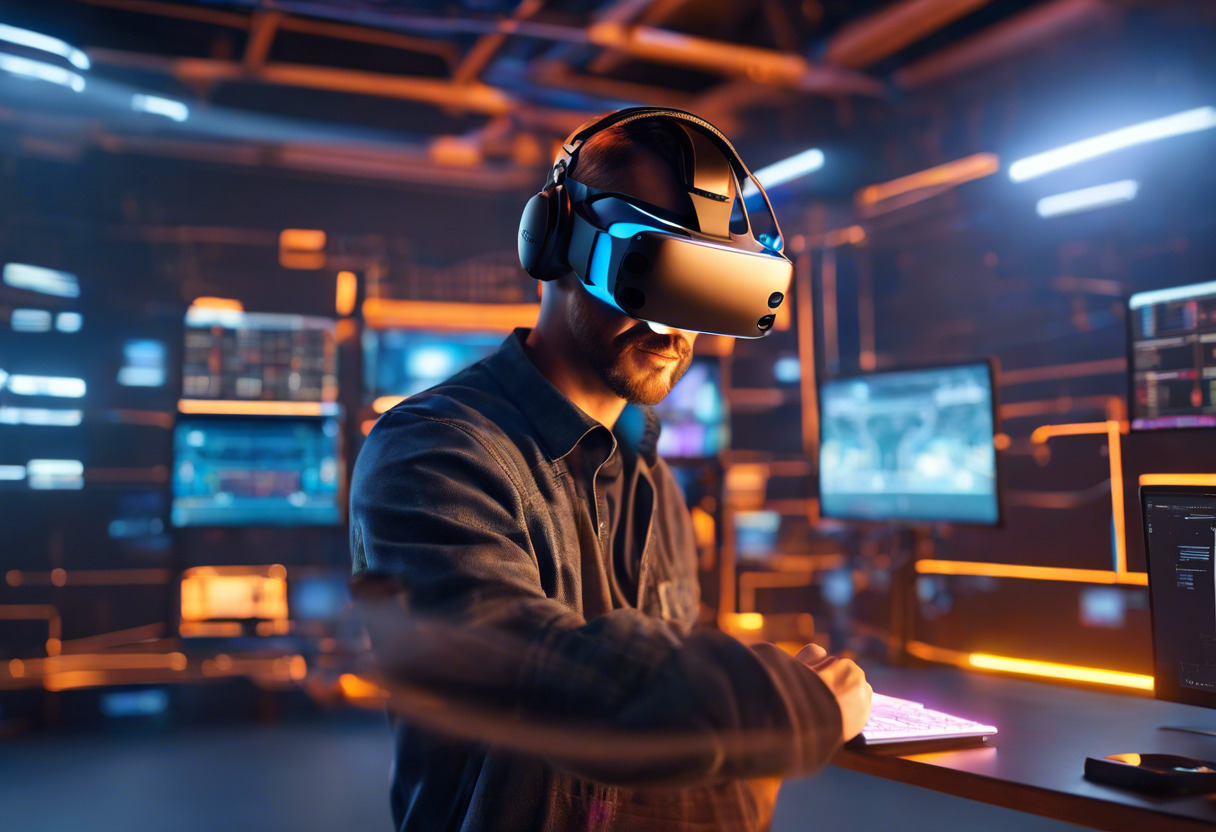
The Everyday Navigator
For the urban voyager reliant on real-time updates and location intel, Google Glass exhibits its edge. Google Map integration and step-by-step directions featuring a heads-up display make it a reliable companion for navigating unfamiliar territories.

Virtual Reality Enthusiast
The legacy of Oculus Rift, as a pioneer in VR experiences, makes it the gold standard for VR enthusiasts. From high resolution, improved clarity, to absolute head orientation tracking—The Oculus Rift stands undefeated in the realm of immersive virtual reality.
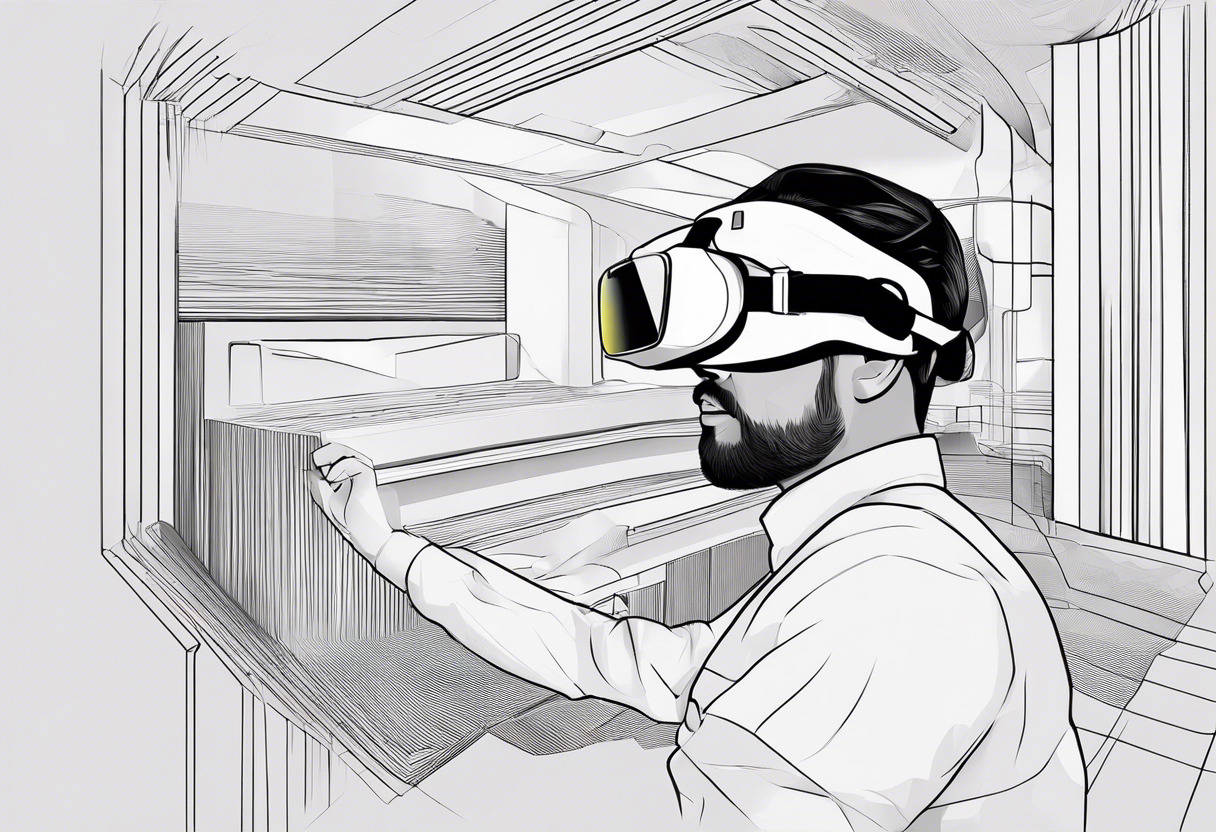
When comparing Google Glass and Oculus Rift, it’s the application that dictates the victor. While Google Glass provides an augmented reality edge for professionals, Oculus Rift underscores immersive virtual reality experiences and is particularly impactful in gaming development. Your selection hinges on specific needs and goals.
Grant Sullivan
Content writer @ Aircada and self proclaimed board game strategist by day, AI developer by night.



